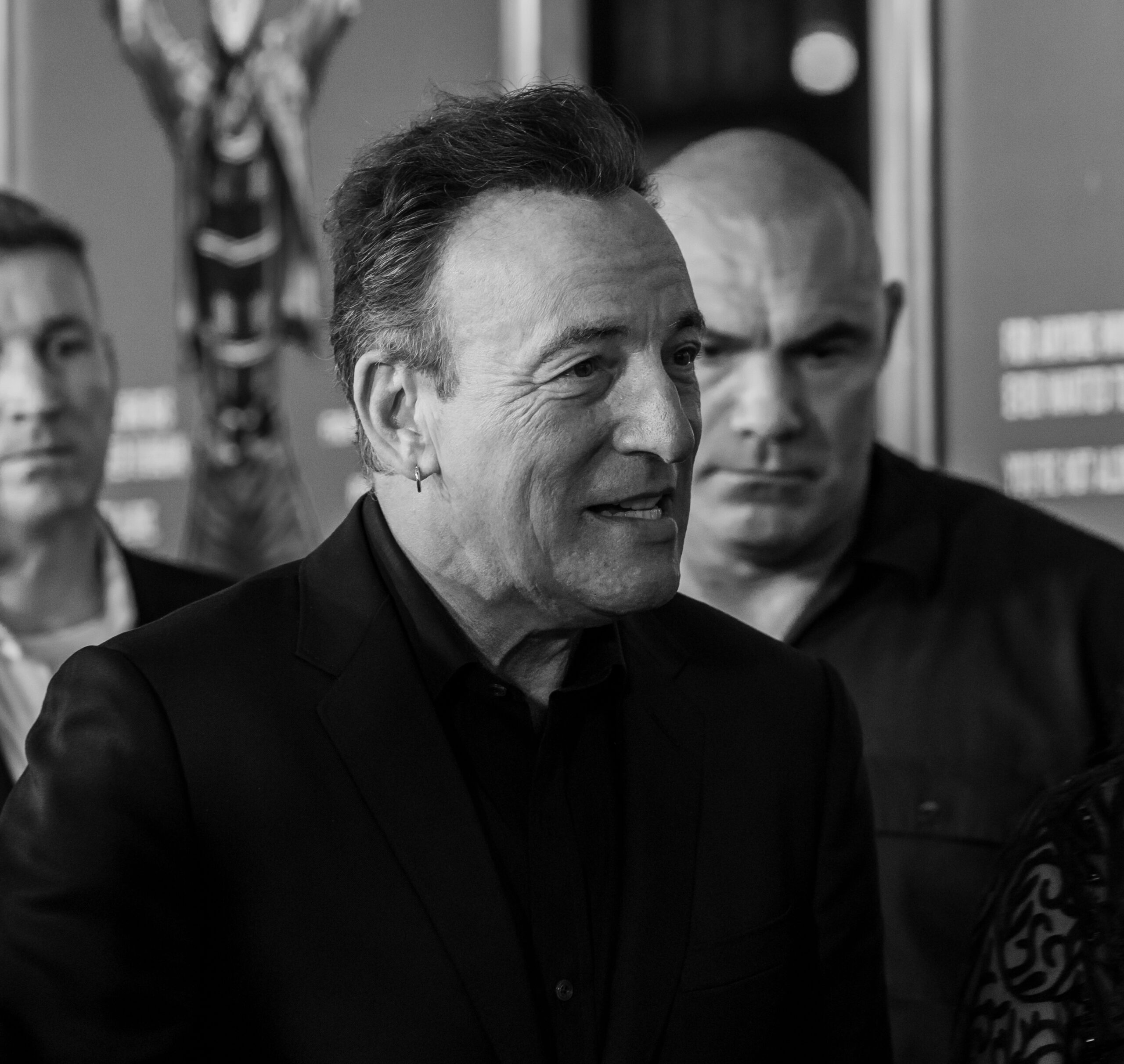Back to Nebraska With Bruce
Bruce Springsteen’s album of American despair remains an arresting collection of stories by a literate and thoughtful depressive.

Those who know Bruce Springsteen as a sententious septuagenarian who vacations with Masters of the Universe and shills for corporate-progressives who deplore the people who populate his canonical songs cannot understand what he meant, once upon a time, to dreamy boys from small towns and outer boroughs.
We may not have courted “Puerto Rican Janes” or known the difference between “a Hurst on the floor” and Thurston Moore, but Springsteen wove the seemingly quotidian lives of his friends and family into parables and ring-of-truth vignettes. Like the Beach Boys, Bruce made myth of the sand (or asphalt) under his feet. And contra his detractors, I don’t think it was all a con.
If his early songs drowned the listener in Dylanesque word torrents (“madman drummers bummers Indians in the summer”), he hit his stride with Darkness on the Edge of Town, a magnificently gloomy meditation on working-class life punctuated by irruptions of Kerouacian exuberance as the narrator insists “that it ain’t no sin to be glad you’re alive.”
I wore out that lugubrious L.P., and his concert at Shea’s Buffalo kicking off the 1978 tour in support of the album was breathtaking, but by the time I was 20 I had caught on to the specious way Springsteen was marketed. My favorite bar in town had “Badlands” on the jukebox, but those who lived rather than poetized “the workin’ life” vastly preferred Michigan’s Bob Seger.
I’ve been thinking about Bruce since reading the excellently titled Deliver Me from Nowhere, Warren Zanes’s new book about the making of Nebraska (1982)—the “rural” album that is the oddest entry in the Springsteen oeuvre.
Nebraska was the last uncalculated gasp before Bruce began analysis, refined his musculature for the MTV-friendly Born in the USA album, and married (and divorced) a model. (“Those gals in the bowling alleys must be a real stuck-up bunch,” cracked GM assembly-line worker Ben Hamper in his takedown of Bruce during the mayfly-brief glory days of Mother Jones magazine.)
Author Zanes has done such a thorough job on this and his earlier Tom Petty biography that we can forgive his past association with the execrable Rock and Roll Hall of Fame, an institution that oughtn’t exist, representing as it does not just the muting but the utter negation of anything in American music that is untamed, refractory, or disturbing to the ruling class. Encased in a hideous, anti-human I.M. Pei edifice (the adjectives are redundant) dumped on the fair city of Cleveland, the Rock and Roll HOF is a blight on the Lake Erie waterfront. It’s about as hip as Terry Gross, as transgressive as Mike Pence. But hey, a guy’s gotta make a living, so end of screed.
Springsteen created Nebraska while sitting on his bed, playing guitar and singing into a four-track cassette recorder in a rented, shag-carpeted ranch house in Colts Neck, New Jersey. What he thought were crude demos ended up being the album. It is a bleak string of songs, lacking Springsteen’s usual redemptive perorations. But it is also unaffected and undidactic, qualities that soon would fade from his work.
Nebraska’s lyrics came to Springsteen as he obsessively drove his gold Camaro up and down the streets of his hometown of Freehold, New Jersey, “listening for the voices of my father, my mother, me as a child.” His external influences were the stories of Flannery O’Connor and Terrence Malick’s film Badlands, loosely based on the 1958 killing spree of Charles Starkweather. In Nebraska, murderers explain themselves by saying “there’s just a meanness in this world” and men stranded at the altar search for a reason to believe.
Springsteen, then in his early 30s, was leaving behind his world of personal connections and intimate observations for “The Mansion on the Hill,” as he titled one song. His view would never again be as sharp. But then money changes everything, doesn’t it?
Subscribe Today
Get daily emails in your inbox
The rock star worried “about the increasing distance between himself and the people he was writing about,” says Zanes. Evidently Bruce made peace with this chasm: his estimated wealth today is well over half a billion dollars.
Nebraska, explained its creator, is about “American isolation: what happens to people when they’re alienated from their friends and their community and their government and their job.”
Four decades later, in a nation marked by obscene disparities in wealth, children zombified by smartphones, perpetual war, and a cynical citizenry that is lied to and hectored and surveilled by the federal government and its corporate partners, Bruce Springsteen’s alone-in-my-room album of American despair remains an arresting collection of stories by a literate and thoughtful depressive. It offers no way out—but that’s not to say there isn’t one.